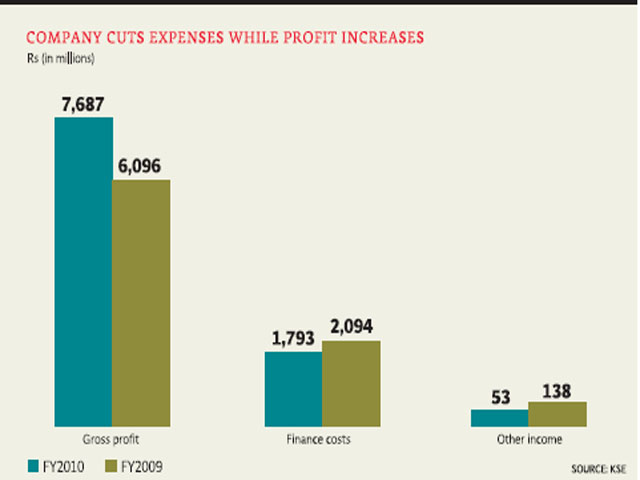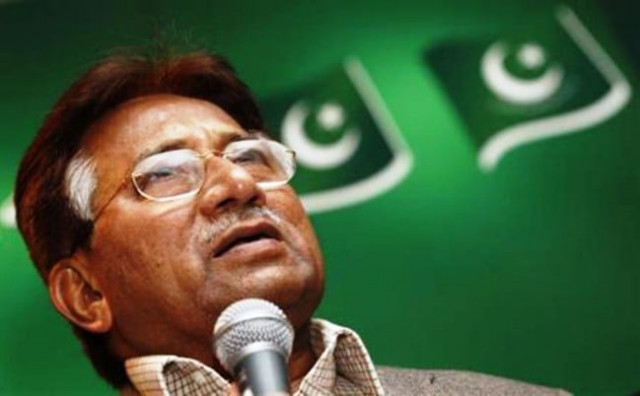Like all myths, this fable is also sustained by a crafty combination of truth and fiction. But it crumbles once we separate the flimsy truth from the falsehood that it conceals. To do this, we must analyse the methodological flaws in the framework used by the author in arriving at this pro-dictatorship conclusion.
Once we account for these inaccuracies, democracy outperforms dictatorship and Musharraf’s economic policies underperform Pakistan’s overall average performance.
But before we get into the semantics of it all, let’s talk about using measures such as the GDP to derive insights about the standard of living. One of the elementary lessons taught to Economics students in any undergraduate class is that the GDP is merely a measure of the total production in an economy irrespective of what is actually being produced.
Thus, for instance, an economy that produces a lot of tanks and invests heavily in real estate for the rich may outperform an economy that is geared towards public expenditures on health and education in terms of GDP. To draw comparisons, therefore, it would be necessary to do a sector-wise analysis of the economy during democratic and dictatorial regimes.
First, any cross-time period comparison is rendered inadequate without constant holding prices or the effect of inflation. This is due to the simple reason that the real standard of living of a population depends not only on the absolute size of their incomes but also on the prices that they have to pay for the goods and services that they consume.
Second, it is almost criminal to use an ‘absolute’ measure of GDP to draw comparisons because such a measure fails to account for population growth and demographic shifts in the population.
The extent of the bias that a comparison based on absolute GDP size is enormous. For example, Norway, a country ranked fourth in the world in terms of GDP per capita falls to number 23 in terms of absolute GDP size, while India, ranked 133rd in terms of GDP per capita rises to number 10 in absolute size.
Based on this absolute GDP comparison, one would be led to the erroneous conclusion that India is a much more developed economy than Norway. Thus, for any comparisons to be made possible, it is necessary to use GDP per person or GDP per capita.
Third, statistical comparisons between two time periods must be cognisant of outlying years. Remember that the object of our analysis is to make sure that the differences between two periods capture differences in economic policy and governance rather than other contextually specific factors such as the catastrophic economic effects resulting from a major war. These are called ‘outliers’ in statistical analysis and objectivity demands that we exclude these from our analysis.
The year 1971, in the immediate aftermath of the regretful war in Bangladesh, is one such year and has therefore been excluded from my analysis.
Due to the aforementioned desiderata (necessity of using per capita measures, controlling for inflation and exclusion of outliers), I use GDP per capita at constant (2012) US dollar prices to compare the various political regimes across time using data provided by the UN. Using this data I calculate the growth-rates across different regimes.
The average growth rate of Pakistan’s GDP per capita at constant prices is 5.93% for the time period of 1970-2012, excluding the outlying year 1971.
The table below shows the regime-wise distribution of the growth in GDP per capita (constant prices) and the divergence between this number and the average for Pakistan as a whole.

The time periods 1970-1976 (excluding 1971), 1989-1999 and 2008-2012 are used to calculate the average value of the growth rate of GDP per capita (constant dollars) for democratic regimes while the years 1977-1988 and 1999-2008 are clubbed together to get an average value for military-rule.
Four critical insights can be drawn from the results.
First, democracy on the whole does 1.51 growth points better than military rule. GDP per capita at constant prices grew at an average of 6.71% during democratic regimes and 5.19% during military regimes.
Second, the growth rate during military regimes is 0.74 growth points below Pakistan’s average growth rate, implying that dictatorial Pakistan is not only worse for the economy as compared to democracy but it is also worse than Pakistan’s average potential of 5.93%.
Third, the average growth rate in GDP per capita at constant prices during Musharraf’s time is 5.04%, which is 0.89 points below the Pakistani average and 1.73 points lower than the average growth achieved during democratic governments.
Fourth, the highest average growth rate by regime-type is during Zulfiqar Ali Bhutto’s democratic regime followed by the last Pakistan People’s Party (PPP) led democratic coalition (2008-12), while the lowest average growth-rate was witnessed during the democratic regimes of the 1990’s.
This paradoxical performance of democracy must be seen in light of the fact that the success or failure of a regime is contingent upon the number of contiguous years that a government is endowed with to institute its economic policies.
It must be borne in mind that an economic policy, unlike a quick-relief painkiller, does not show results instantaneously. Economists are taught about the necessity of bearing time lags in mind when designing policies. This simply means that there is a lag between the institutionalisation of a policy and its results. If a policy is rudely interrupted in the middle, its results may never bear fruit.
Since different political regimes have been endowed with different contiguous-time units, it is unreasonable, or rather impossible, to make rationally sound comparisons between two regimes without taking this fact into consideration.
Remember that what we are trying to capture here is the economic performance by regime-type, which is critically shaped by the continuity of the regime. Thus, continued democracy does a lot better than the Pakistani average, while interrupted democracy does worse. This can be seen from the chart below.

Thus, it is simply not true that dictatorship is better for Pakistan’s economy.
It is equally untrue that Musharraf’s economic policies outperform democratic outcomes. Finally, as is shown through the example of the only two democratic regimes that had some semblance of continuity, democracy outperforms dictatorship greatly but only when it is uninterrupted.



COMMENTS
Comments are moderated and generally will be posted if they are on-topic and not abusive.
For more information, please see our Comments FAQ